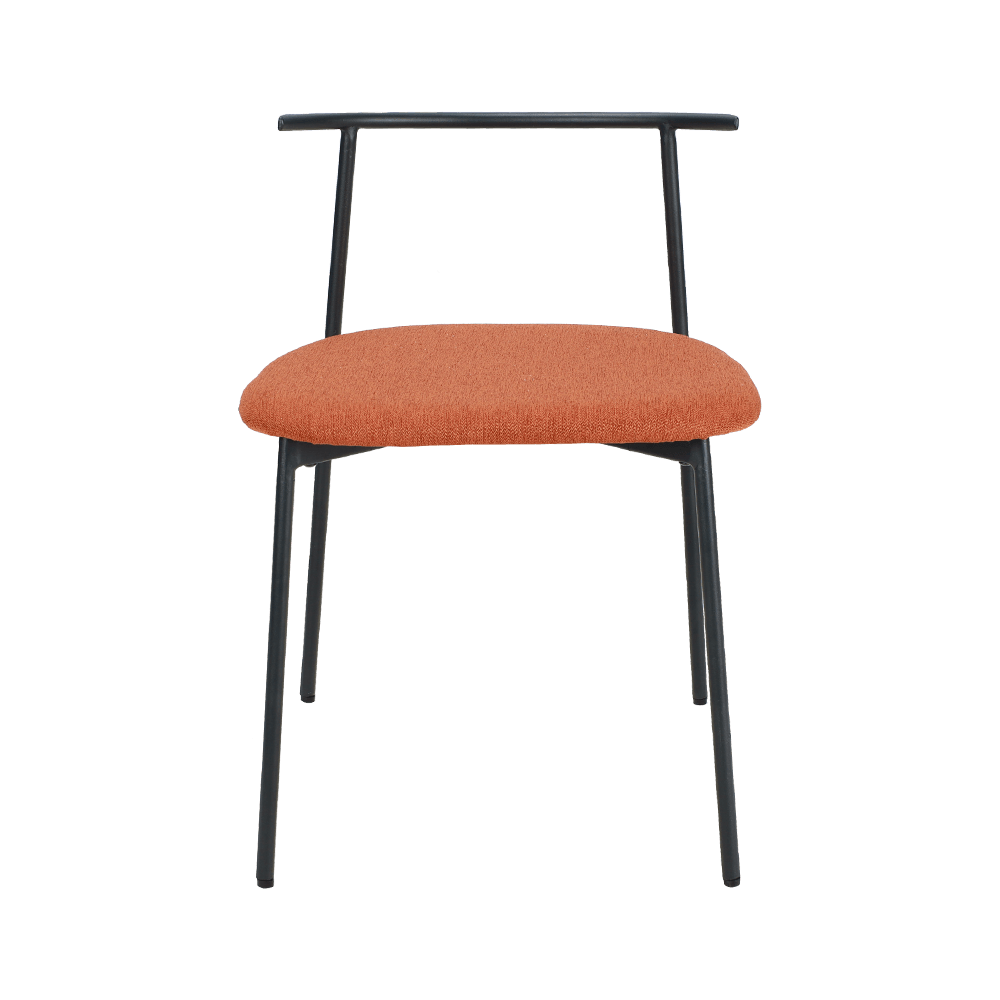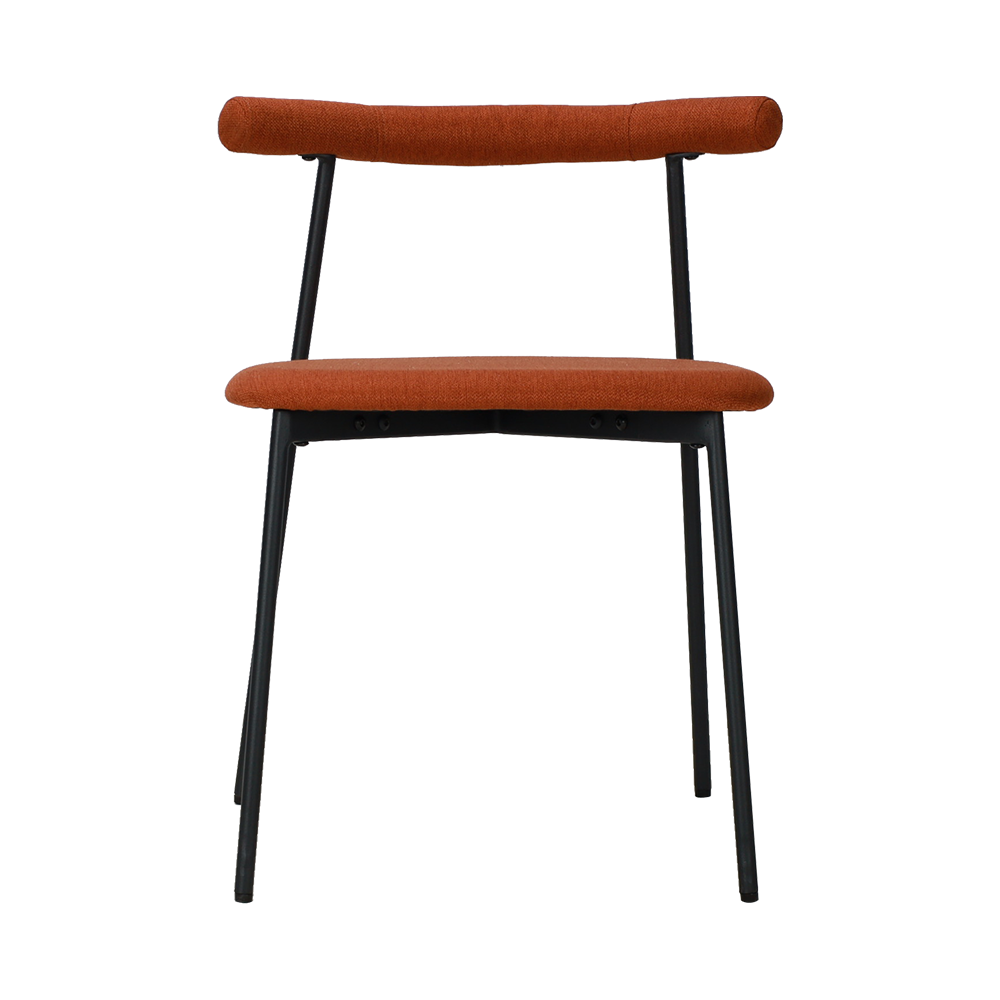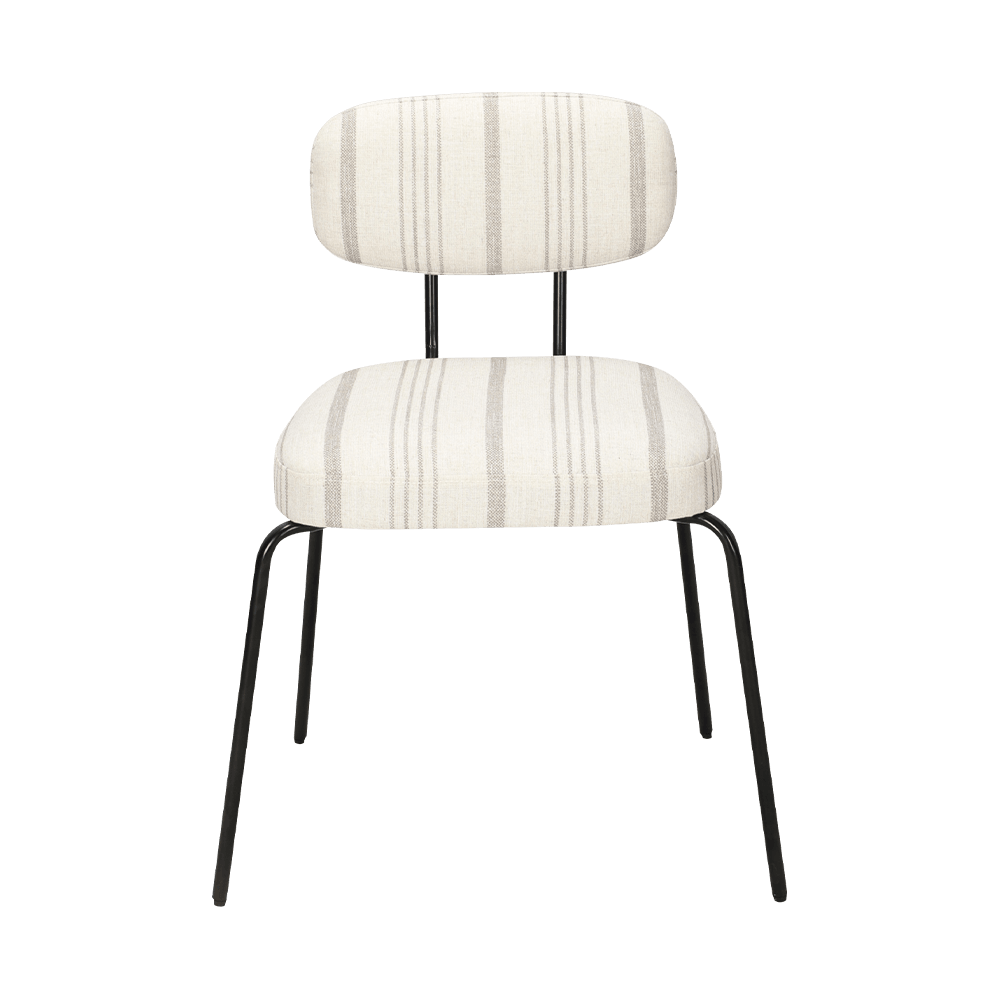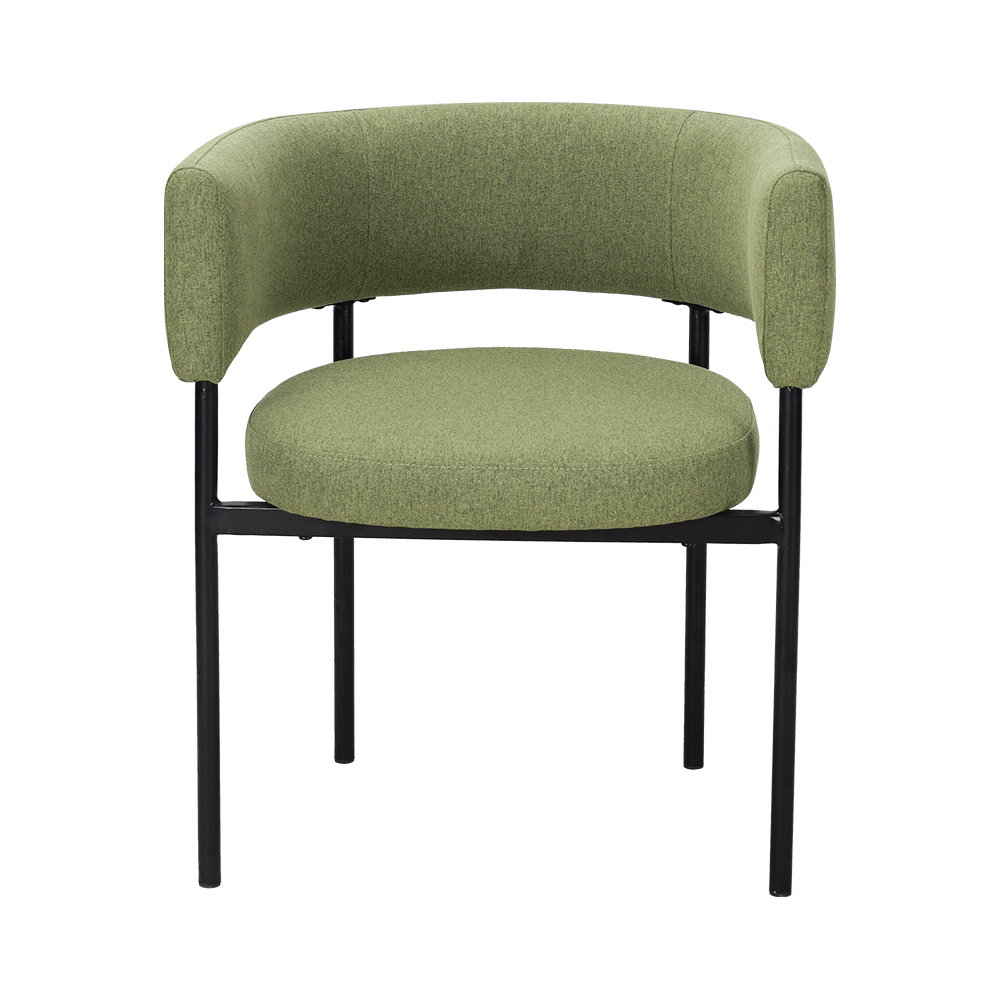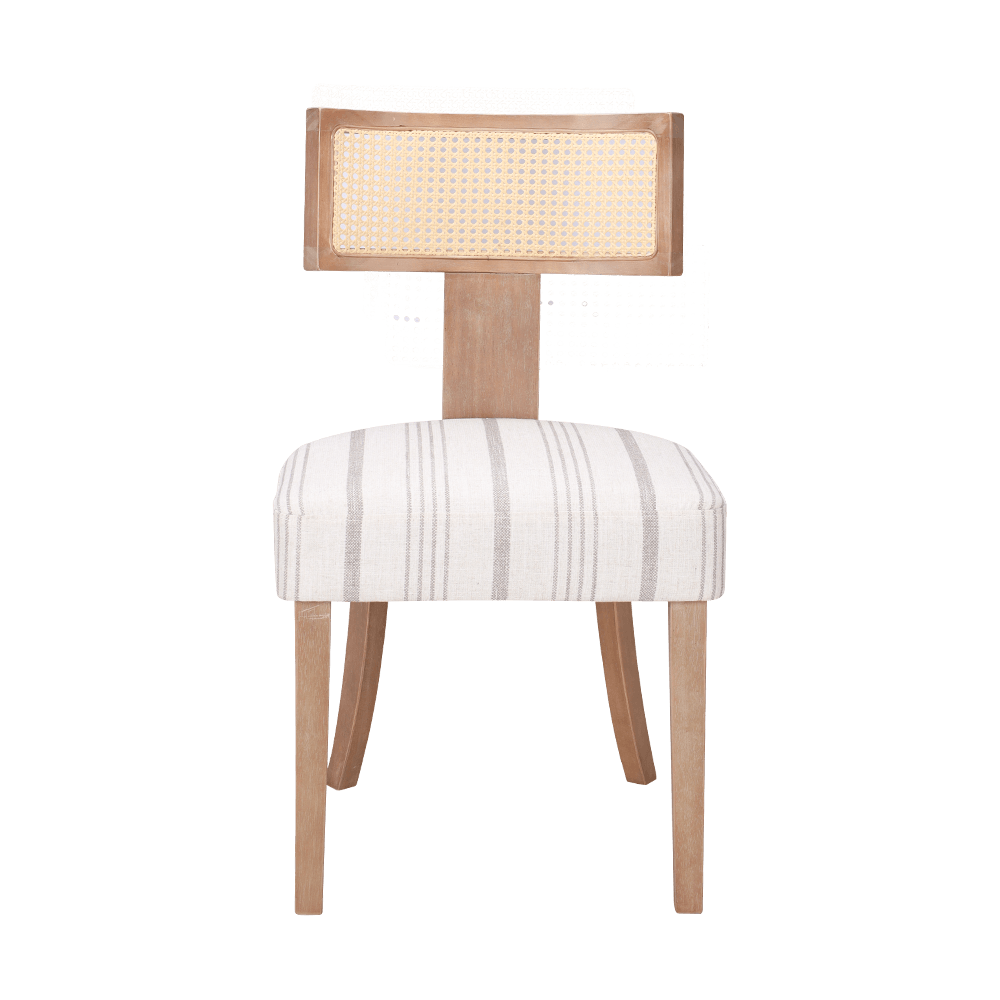How Footstool Ottomans Enhance the Aesthetic Appeal of a Living Space
Posted by Zhejiang Wanchang Furniture Co., Ltd.
A footstool ottoman is more than just a place to rest your feet—it’s a versatile furniture piece that blends comfort, functionality, and visual charm. In modern home design, ottomans have evolved into decorative elements that add texture, color, and balance to a room. Whether placed in the living room, bedroom, or office, a well-chosen footstool ottoman can subtly transform the entire aesthetic of a space.
1. Adding Visual Balance and Proportion
One of the most important design contributions of a footstool ottoman is how it brings visual balance to a room. Its low height and compact form help break up the linear arrangement of taller furniture such as sofas, armchairs, and coffee tables. When positioned thoughtfully, it creates a natural flow that makes the seating area appear more cohesive and well-proportioned.
A pair of matching ottomans placed opposite a couch, for instance, can anchor the seating layout and provide a sense of symmetry. In open-plan spaces, a footstool ottoman can also serve as a transitional piece that connects different areas while maintaining design harmony.
2. Introducing Color, Pattern, and Texture
Footstool ottomans are an effortless way to introduce contrast and personality into interior design. Upholstered in materials like velvet, linen, faux leather, or woven fabric, they offer rich textures that soften the visual impact of solid wood or metal furniture.
- A bold-colored ottoman can inject vibrancy into a neutral-toned room.
- A patterned or tufted design adds character and visual depth.
- A leather or suede surface enhances sophistication and warmth.
Because ottomans are smaller in scale, homeowners can experiment with color or texture without overwhelming the overall décor. This makes them ideal accent pieces for refreshing the style of a space.
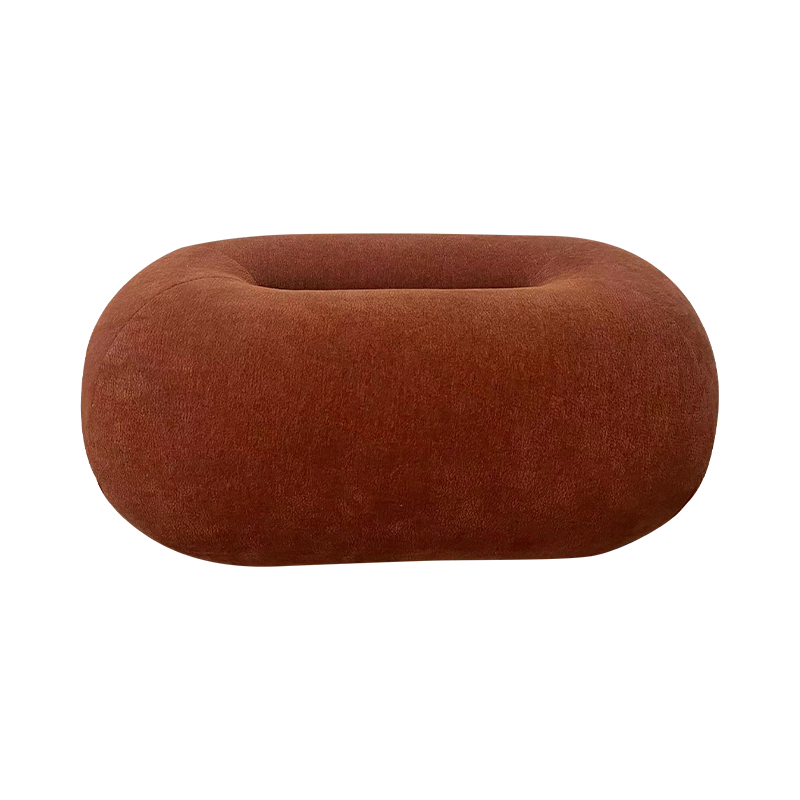
3. Enhancing Comfort While Complementing Design
While their main purpose may be comfort, footstool ottomans are designed to complement surrounding furniture seamlessly. When paired with a sofa or lounge chair, they contribute to a layered and inviting look that encourages relaxation.
Upholstery details—such as button tufting, stitching patterns, or piping—can mirror the design language of other furnishings, ensuring visual continuity. Rounded edges and soft finishes also introduce an element of coziness, making the environment feel more approachable and lived-in.
4. Creating Functional and Decorative Versatility
Beyond aesthetics, a footstool ottoman’s versatility makes it a valuable interior element. It can function as a side table, extra seat, or decorative centerpiece depending on the setting.
For example:
- In minimalist interiors, a single ottoman can serve as a compact, uncluttered accent.
- In contemporary or bohemian rooms, a group of ottomans in varied sizes or fabrics can create an eclectic yet unified look.
- In luxurious settings, pairing a plush ottoman with metallic or wooden legs adds a refined decorative touch.
Its adaptability allows designers and homeowners to update a room’s visual style without major furniture changes.
5. Defining and Anchoring Space
In large or multifunctional rooms, ottomans help define seating zones and bring focus to central areas. Placed in front of a sofa or near an armchair, they create a natural conversation point and visually anchor the layout. The result is a space that feels more structured and inviting.
In small apartments or studio layouts, compact ottomans can also serve as design anchors that prevent the space from feeling sparse or disorganized. Their mobility allows for easy rearrangement when entertaining guests or adjusting the room’s function.
6. Adding a Touch of Elegance or Playfulness
The design versatility of footstool ottomans allows them to suit different interior themes.
- In modern or Scandinavian homes, clean lines and neutral fabrics maintain simplicity.
- In vintage or eclectic interiors, ornate legs or patterned upholstery introduce charm and nostalgia.
- In luxury spaces, tufted velvet or leather ottomans with gold or brass accents convey elegance and sophistication.
By selecting a design that aligns with the room’s personality, an ottoman can act as a subtle statement piece that enhances the overall atmosphere.
7. Completing the Look of the Living Area
Ultimately, a footstool ottoman completes the visual story of a living space. It ties together furniture elements, provides tactile richness, and adds dimension to the layout. Unlike large furniture pieces that dominate the visual field, ottomans complement and enhance existing décor with understated elegance.
Their combination of practicality and design appeal makes them indispensable for anyone looking to elevate both comfort and style. Whether serving as a footrest, a seat, or an accent piece, the footstool ottoman effortlessly enhances the aesthetic balance of modern interiors.




 中文简体
中文简体 English
English